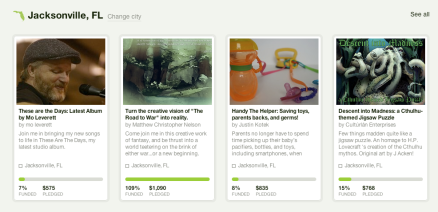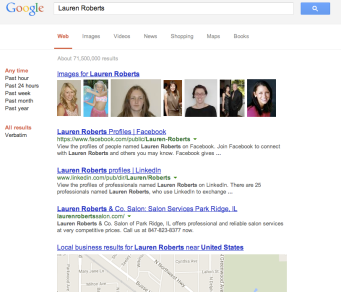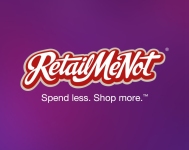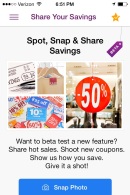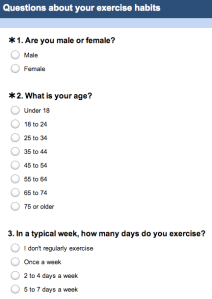 Social media terms and conditions is a subject area that is a little dry, so when asked to assess a network’s user agreement, I wasn’t sure which network to choose. In the hopes of being somewhat original, I focused my attention on LinkedIn. I can’t argue LinkedIn’s value, but much like terms and conditions, it’s not the most exciting social network. I was pleasantly surprised when I went to LinkedIn’s User Agreement page. I’m not saying that I’ll go to the page for pleasure reading, but after looking at Facebook and Twitter’s user agreements, I think LinkedIn may have the advantage.
Social media terms and conditions is a subject area that is a little dry, so when asked to assess a network’s user agreement, I wasn’t sure which network to choose. In the hopes of being somewhat original, I focused my attention on LinkedIn. I can’t argue LinkedIn’s value, but much like terms and conditions, it’s not the most exciting social network. I was pleasantly surprised when I went to LinkedIn’s User Agreement page. I’m not saying that I’ll go to the page for pleasure reading, but after looking at Facebook and Twitter’s user agreements, I think LinkedIn may have the advantage.
Like Facebook and Twitter, LinkedIn’s User Agreement is long and contains a lot of jargon. There’s really no way around it if they want to protect themselves. Unlike the other two networks, LinkedIn breaks down each section of the User Agreement into concise, easy to understand segments (below). Not only does this help ensure that users are reading the terms that they’re agreeing to, the organization and breakdown helps users to actually understand what they’re agreeing to, which is an ethical win for LinkedIn. No user can claim that they couldn’t make sense of the terms and conditions.

Another great aspect of LinkedIn’s User Agreement is that there is a breakdown of what user responsibilities are, and then a section about what the company’s rights and obligations are to the users. On Facebook, the majority of responsibility is placed on the user. It’s nice that LinkedIn acknowledges that they have some accountability in the equation. This section also provides the network some security because if someone comes to the network with a complaint or problem, they can point to the User Agreement and show that they were up front about both the user’s and company’s obligations.
You hear about the implications of unethical behaviors on the “more social” social networks all the time. False representation or catfishing, has effected celebrities and professional athletes, and now there’s even a show dedicated to the unethical practice on MTV. As inconvenient as it may be to discover that someone else is using your photos or falsely representing you on Facebook or Twitter, can you imagine the negative implications of being falsely represented on LinkedIn? This is the network that is viewed as professional, so a fake profile could really ruin your career and your life.
While LinkedIn can’t force anyone to be an ethical person, the company’s User Agreement does take the necessary steps to protect users and the company itself. When LinkedIn users sign the User Agreement they agree that, “You promise to only provide us information and content that you have the right to give us and you promise that you LinkedIn profile will be truthful.” LinkedIn states that they have the right to suspend or terminate the profile of anyone who creates multiple or fake profiles. It seems as though LinkedIn has considered the major ethical implications, and they’ve done everything in their power to create a positive and secure user experience.




